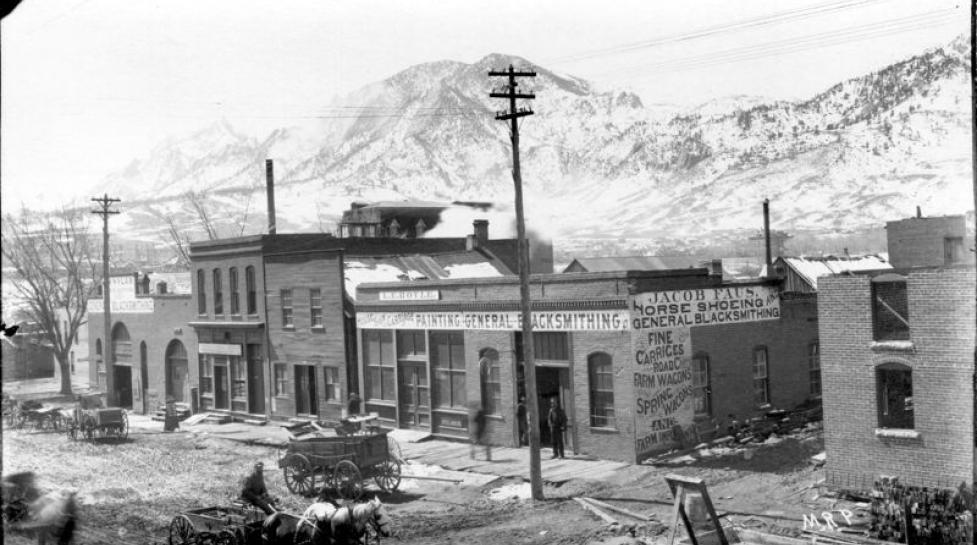May is both Colorado’s Archaeology and Historic Preservation Month and Asian American and Pacific Islander (AAPI) Heritage Month. This May, the city’s Historic Preservation team is highlighting the first Asian American and Pacific Islander presence in Boulder by using places to help understand the past.
Let’s look back at some of the buildings and businesses around Boulder, and meet some of Boulder’s first AAPI community members.
Making a Living: Chinese Laundries in Boulder
The stories of Asian Americans and Pacific Islanders in Boulder begins with Chinese immigrants in 1880. Chinese men who emigrated to Colorado often left behind wives and children, in the hopes of cashing in on the gold rush. Many who came to the region, however, never mined, instead creating businesses in services like laundries and shops.
Before the invention of industrial laundry machines, all clothing needed to be washed by hand. This was difficult, exhausting manual labor, but it was an essential service. Early Chinese immigrants were not allowed to own property, but laundry start-up costs were low and there were plenty of clients, so many of Boulder’s first Chinese immigrants worked in the laundry businesses.
1136 Pearl St.: Catering to a new clientele
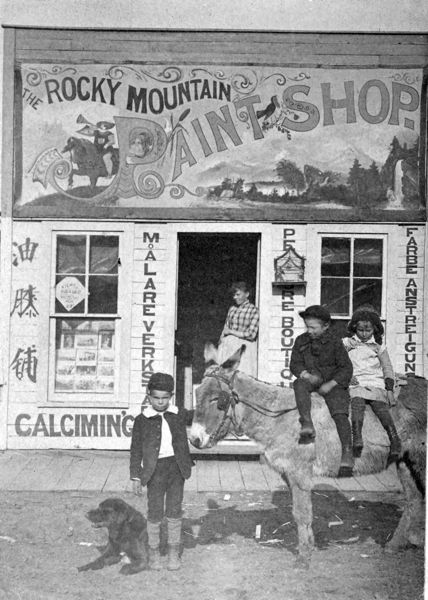
Rocky Mountain Paint Shop at 1136 Pearl Street which was the shop of Joseph Sturtevant from 1876-1884. The left side includes Chinese characters that can be interpreted as saying “paint shop.”
In the early 1880s, Boulder had a large enough population of Chinese speakers that Joseph Sturtevant, a prominent Boulder photographer and artist, advertised his shop at 1136 Pearl St. by writing “Paint shop” in Chinese characters on the outside. Although one of the characters is not quite correct (the second word should be 漆 rather than 膝), it indicated that the shop was welcoming to Chinese speakers. The building was demolished in 1882.
1112 and 1144 Pearl St.: Sing Lee’s Laundry and Tom Lee’s Import Store
From about 1886 through the 1890s, Sing Lee ran a laundry from 1112 Pearl St. It was one of two buildings labelled “Chinese Laundry” on maps from 1890 and 1895. The other laundry was at 1930 13th St., which was run by Quong Kee. By 1896, Quong Kee had converted his laundry into a store selling Chinese and Japanese imports, including silks and vases. Sing Lee’s neighbor, Tom Lee, also opened an import store called the “Golden Rule” at 1114 Pearl St. Quong Kee and Tom Lee’s import businesses closed by 1900.
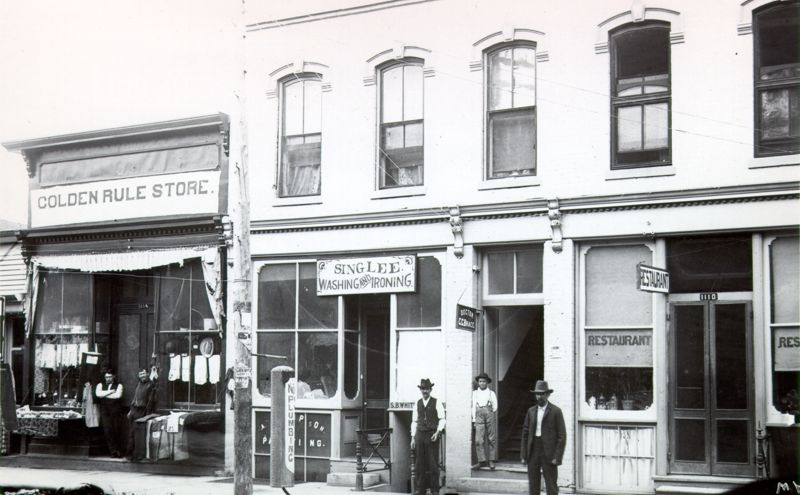
Sing Lee Laundry at 1112 Pearl St. and the Golden Rule Store at 1114 Pearl St. both were run by Chinese men. From City Directory listings, it appears that Sing Lee also lived in the building. This photograph of both stores is from around 1892.
By 1900, Sing Lee’s laundry was replaced with an office for prospectors to sample their ore and test its purity. That building, located on the Pearl Street Mall, looks very similar today.
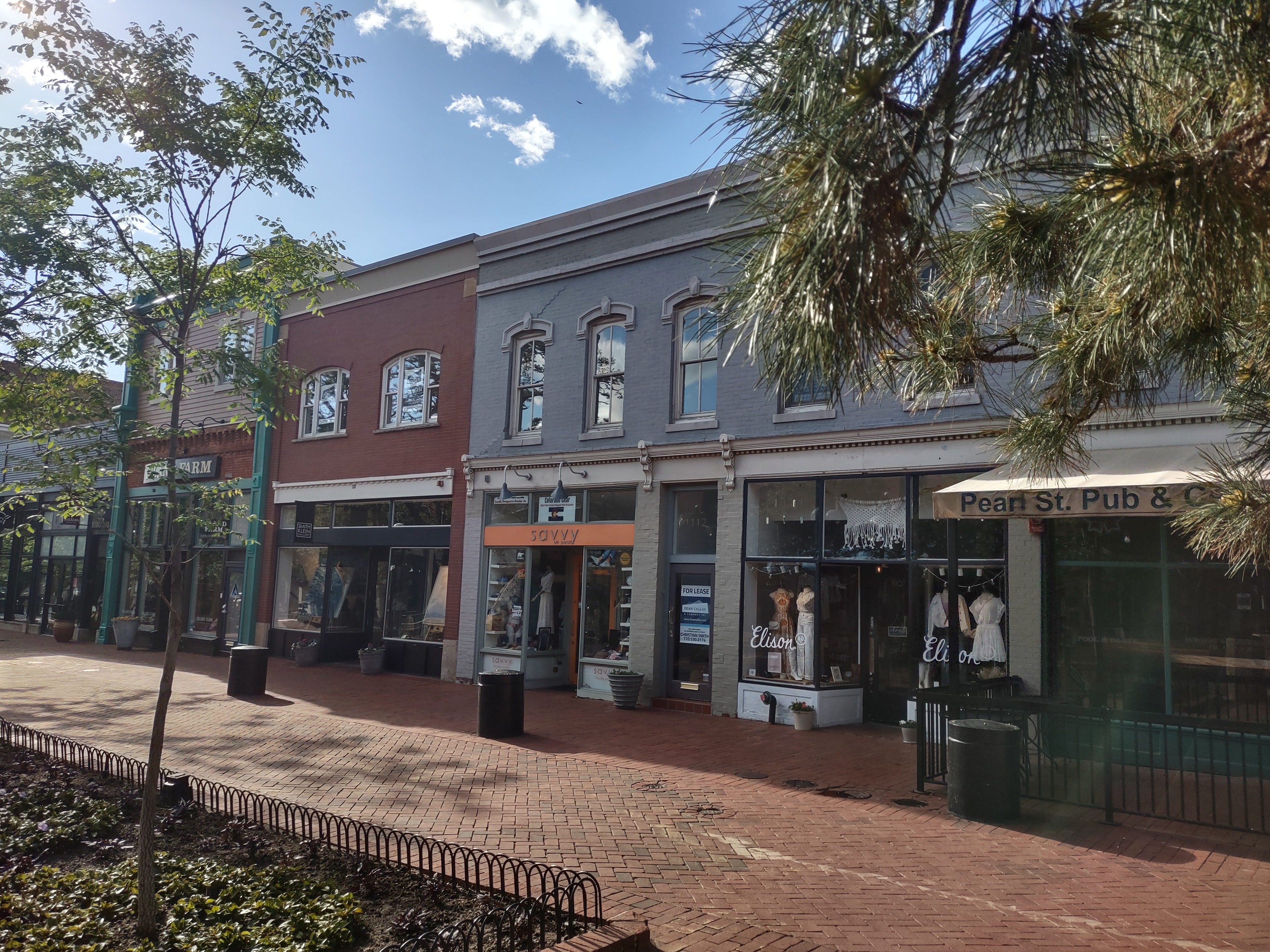
1114 Pearl St. today.
17th and Pearl St.: Quong Kee and Jon Ah’s Laundry
By the time of the 1900 Census, Denver’s Chinese population was shrinking as anti-Chinese sentiment and racism spread throughout Colorado and the nation. In Boulder, Quong Kee persisted. He had closed his import shop by 1900 and ran a laundry with Jon Ah from a basic frame building on the corner of Pearl Street and 17th Street.
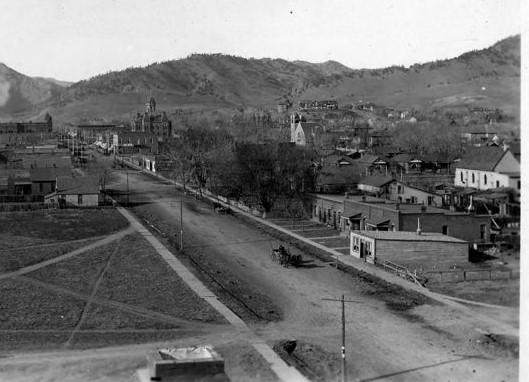
The one-story wood building on the northeast corner of Pearl and 17th Streets was used as a laundry run by Quong Kee. It was demolished sometime before 1903.
Quong Kee was born in China in October 1845. He was highly educated, and could read, write and speak English, as could his business partner Jon Ah. Both men immigrated in 1880, and both had a wife and family in China. Quong Kee moved his laundry business to 2033 13th Street, near the corner of Spruce and 13th Streets, by 1903. He ran the laundry from this building (the one-story building on the far left) until 1916, when it was the last remaining Chinese-run laundry in Boulder.
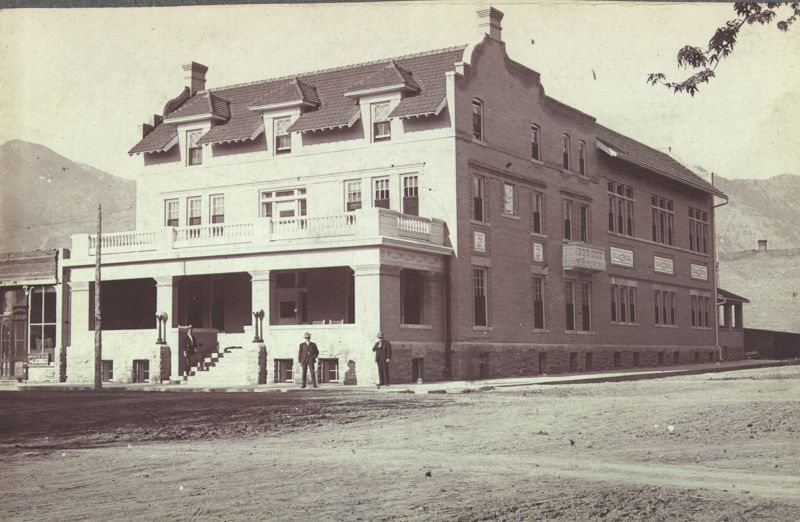
Quong Kee’s laundry is on the left side of the image. The laundry was the last remaining Chinese-run laundry in Boulder. The building was demolished in 1919.
1913 12th St: Hop Yan and Hang Ah’s Laundry
Before 1900, Hop Yan and Hang Ah also ran a laundry. It was located at 1913 12th St. (now Broadway) between Pearl and Walnut Streets. It was the only wooden building on the block, sandwiched between two brick buildings. Kee Bing took over the laundry in 1903 and ran it until 1913. By 1918, the building had become a barber’s shop. The current building at this location was built in 1963.
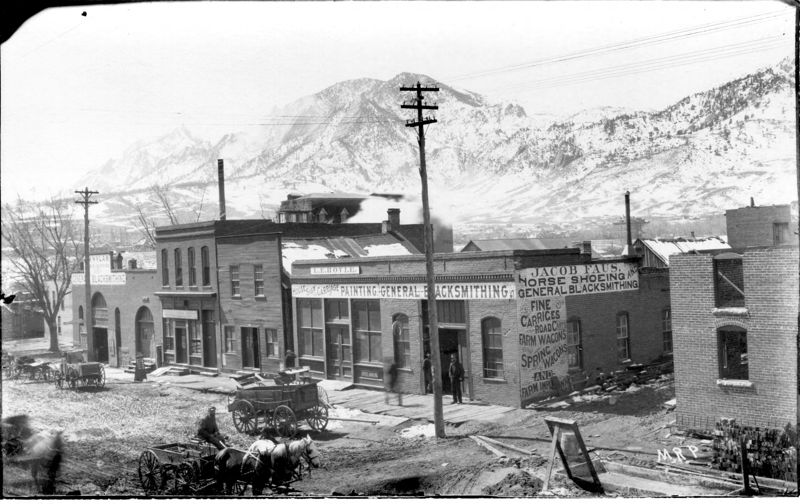
The Chinese laundry was housed in the frame building near the center of the block. Kee Bing ran the business for 10 years.
Hotels and Residences: Places for Other Domestic Work
In addition to laundries, Chinese men in Boulder also worked in other service industries: In the 1900 Federal Census, Bow Chan Lung and Sam Sung worked as domestics at the Bowen Hotel at the southeast corner of Walnut and 13th Streets. Goy Moon was a porter at the train station near 19th and Spruce Streets and Charlie Toon was a servant at a private residence at 541 Highland Ave.

541 Highland Ave. around 1904, when Charlie Toon lived and worked as a servant to the family here.
541 Highland Ave. in the Mapleton Hill Historic District and 1112 Pearl St. in the Downtown Historic District may be the only remaining buildings connected to the history of Chinese residents during this time in Boulder. Charlie Toon and Sing Lee would likely recognize these buildings from when they lived and worked there.
This is just a small part of the rich history of Asian American and Pacific Islanders in Boulder, and we celebrate them and our historic buildings this May. Learn more about Colorado’s Asian American and Pacific Islanders history with History Colorado.
